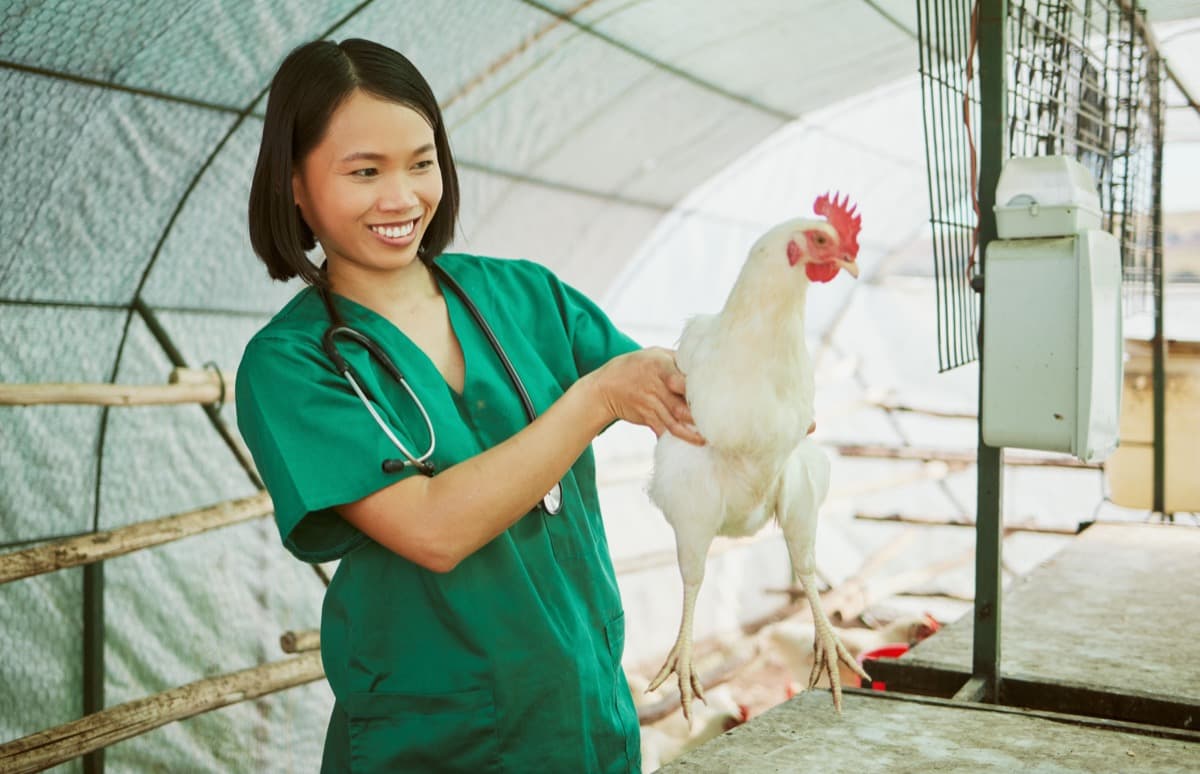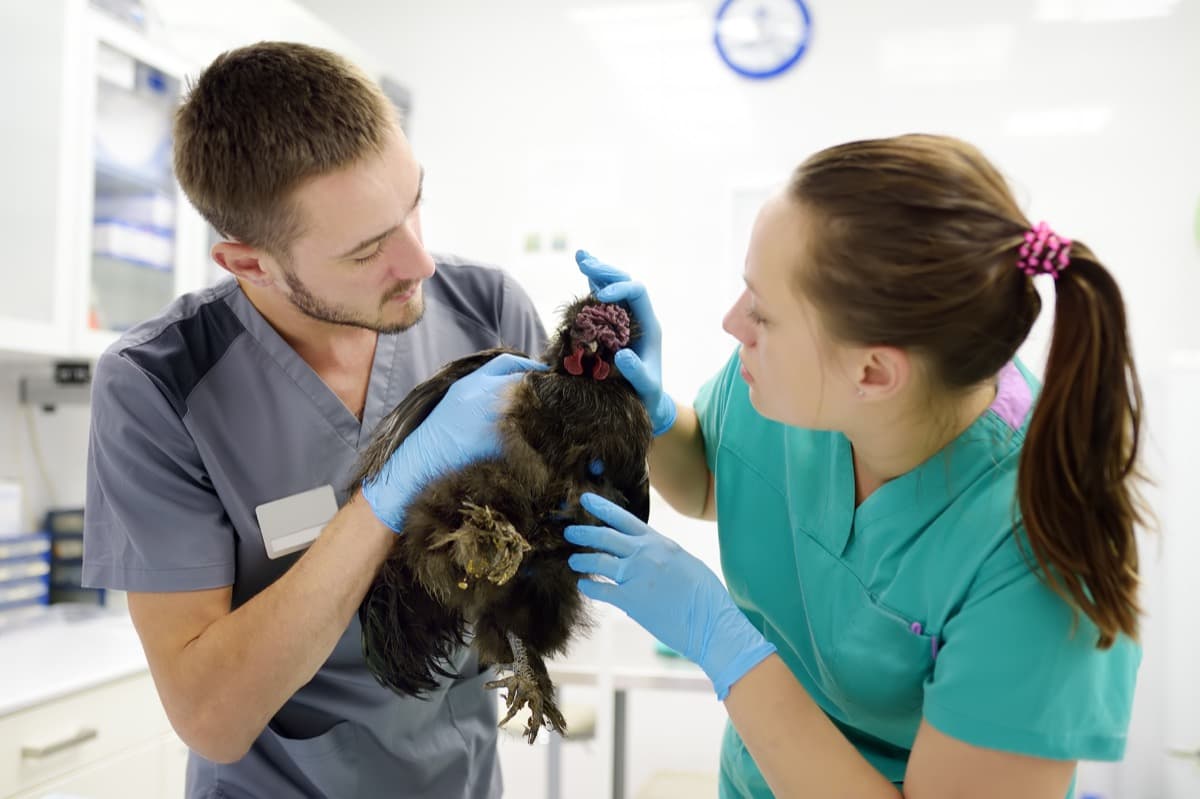In the world of poultry care, bumblefoot, a common affliction in chickens, poses a serious threat to their health. Much like any other aspect of poultry care, understanding the disease, its causes, symptoms, and treatments is crucial for maintaining the well-being of your feathered friends.

Chicken bumblefoot treatment necessitates a precise approach, which involves taking corrective actions and preventing its occurrence in the first place. This article, therefore, seeks to provide a comprehensive guide on how to treat bumblefoot in chickens naturally, the duration for bumblefoot to heal, and how to prevent bumblefoot in chickens.
How to Identify and Treat Bumblefoot in Chickens
Understanding and Treating Bumblefoot in Chickens
Bumblefoot, known scientifically as pododermatitis, is a bacterial infection that takes root in a chicken’s foot. This painful condition is generally caused by introducing Staphylococcus bacteria into a chicken’s foot, often through a cut or a scratch. The condition starts as a small, hard, round wound on the footpad, often mistaken for a simple cut or abrasion. However, if left untreated, it can lead to severe bumblefoot chicken, a swollen, inflamed foot accompanied by pus-filled abscesses.
Treating bumblefoot, particularly severe cases, demands prompt action and often involves antibiotics, surgery, or a combination of both. The wound must be opened, cleaned, and treated with antibiotic ointment, then bandaged to prevent further infection. It’s essential to ensure cleanliness throughout the process to avoid secondary infections.
Comprehensive Guide to Caring for Chickens With Bumblefoot
When caring for chickens with bumblefoot, it’s essential to understand that early detection and treatment can prevent the condition from escalating to severe stages. Early-stage bumblefoot chicken is manageable if detected promptly and treated appropriately. During treatment, ensure that the affected chicken is isolated from the rest of the flock to avoid spreading the infection.
Provide a clean and comfortable resting area for the affected bird, preferably with soft bedding to minimize pressure on the affected foot. High-nutrient foods and plenty of water are essential during this period, as they help boost the chicken’s immune system, speeding up the recovery process.
Effective Treatment Options for Bumblefoot in Backyard Chickens
While severe bumblefoot often requires veterinary intervention, less severe cases can be managed using natural remedies or over-the-counter products. The most common treatment involves soaking the chicken’s foot in a warm Epsom salt bath, applying an antibiotic ointment, and bandaging the foot. This process should be repeated until the infection clears up. If natural treatment options aren’t successful, a visit to the vet may be necessary; Surgical intervention might be considered to remove the hardened kernel of infection, followed by a course of antibiotics.
Preventing and Managing Bumblefoot in Your Chicken Flock
Preventing bumblefoot is often easier than treating it. Ensure the chicken’s roosting area is free from sharp objects that could injure its feet. Regular cleaning and disinfection of the coop can also go a long way in preventing bumblefoot. Regular checks on your flock’s feet can help detect early signs of bumblefoot, enabling you to take immediate action before it becomes severe.
In case you missed it: How to Introduce Dogs to Your Chickens: A Step-By-Step Guide

Recognizing the Signs and Symptoms of Bumblefoot in Chickens
Recognition of early symptoms of bumblefoot is vital for prompt treatment. A chicken affected by bumblefoot may exhibit changes in behavior, such as limping, reluctance to walk or perch, or general signs of discomfort. Physical inspection of the foot may reveal inflammation, swelling, discoloration, or pus-filled abscesses.
Natural Remedies for Bumblefoot in Backyard Chickens
Using natural remedies for treating bumblefoot is gaining popularity among chicken keepers due to its less invasive nature. To treat the chicken’s foot, you can use tea tree oil, which has antibacterial properties. Initially, submerge the foot in warm water infused with Epsom salts. Subsequently, administer a small quantity of tea tree oil onto the injury, followed by the application of a bandage to cover it.
Another natural remedy includes the application of a paste made from turmeric, renowned for its anti-inflammatory properties, and raw honey, known for its wound-healing abilities. Tractor Supply Company’s Vetericyn spray is also a good alternative for treating bumblefoot. These natural remedies offer a gentler approach to treating bumblefoot in chickens, reducing the need for more aggressive treatments like surgery.
Best Practices for Treating Bumblefoot in Poultry
Treating bumblefoot involves a series of best practices that, if adhered to, can accelerate the healing process while reducing the risk of secondary infections. Firstly, quarantining the infected chicken prevents bacteria from spreading to other flock members. Regularly checking the feet of all chickens helps spot and treat problems quickly.
It’s also best to provide soft bedding for chickens with bumblefoot, as this reduces pressure on the inflamed foot, offering some relief. Natural or commercial wound cleansers, antibiotic ointments, and bandaging also comprise the best practices for treating bumblefoot in poultry.
Long-term Care Strategies for Chickens Recovering From Bumblefoot
Recovering from bumblefoot is often a lengthy process that may take several weeks to a few months, depending on the severity of the infection. Therefore, understanding how long it takes for bumblefoot to heal is crucial to ensure you provide appropriate care during this period. A stress-free environment is critical for recovery, ensuring the bird is separated from the flock and provided with a clean, warm, and comfortable resting space.
Proper nutrition is vital during this period, and including vitamins and supplements in the chicken’s diet can boost its immunity, promoting quicker healing. Regular foot checks and dressing changes are also part of the long-term care strategies for chickens recovering from bumblefoot.
Expert Advice on Bumblefoot Prevention and Treatment in Chickens
Preventing bumblefoot is primarily about maintaining a clean and safe environment for your chickens. This includes regular coop cleaning, ensuring roosting perches are at an appropriate height to avoid foot injuries, and routinely checking your chickens’ feet for early signs of bumblefoot. Inspect the chicken’s feet immediately if you notice limping or any change in behavior. Early treatment can often prevent minor injuries from escalating into full-blown bumblefoot.
In case you missed it: How to Do a Chicken Health Check: Techniques, Key Indicators, and Checklist

Conclusion
Understanding the intricacies of bumblefoot in chickens is fundamental for every poultry keeper. From recognizing the early signs and symptoms to knowing how to treat bumblefoot in chickens naturally and understanding how to prevent bumblefoot in chickens, all these aspects contribute to efficient bumblefoot management.
Remember, early detection, appropriate treatment, and consistent preventive measures are key to dealing with this condition. Your chickens’ health and happiness largely depend on your proactive involvement in their care. Ensure to always be vigilant for any signs of discomfort in your flock, and when in doubt, always seek advice from a qualified vet.
- Feed Your Flock for Less: Top 10 Tips to Save on Chicken Feed
- Ultimate Guide to Ossabaw Island Hog: Breeding, Raising, Diet, and Care
- Hatching Answers: The Top 10 Reasons Your Chickens Aren’t Laying Eggs
- Eggs and Economics: Breaking Down the Cost of Raising Backyard Chickens
- Defend Your Greens: Proven Methods to Keep Iguanas Out of Your Garden
- Ultimate Guide to Cinnamon Queen Chicken: A Comprehensive Guide for Beginners
- Ultimate Guide to California Tan Chicken: Breeding, Raising, Diet, Egg-Production and Care
- Ultimate Guide to Marsh Daisy Chicken: Breeding, Raising, Diet, and Care
- 10 Types of Chicken Farming Businesses You Can Start for Profits